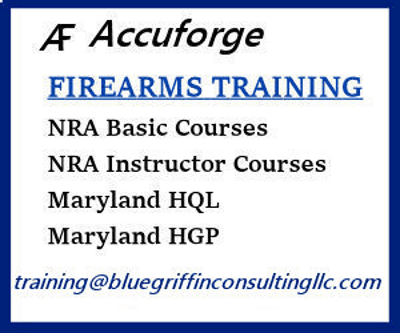Venge
Active Member
Thanks all!
I knew I'd get alot of info on here haha. I think I'm going to watch these videos and maybe read up some more before I buy anything, but it sounds like I don't really need to break the bank.
I knew I'd get alot of info on here haha. I think I'm going to watch these videos and maybe read up some more before I buy anything, but it sounds like I don't really need to break the bank.



